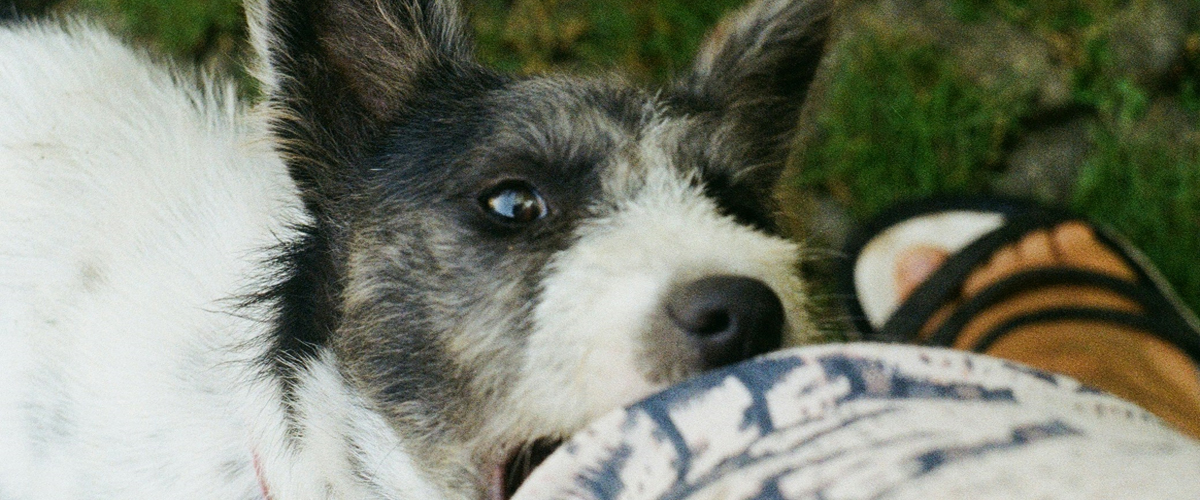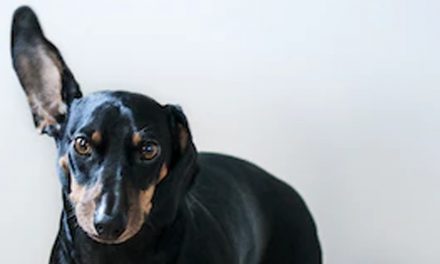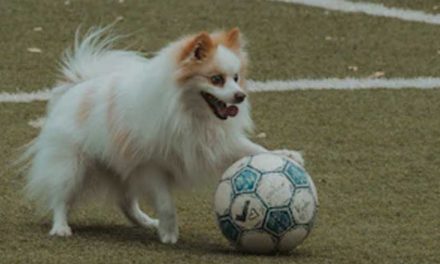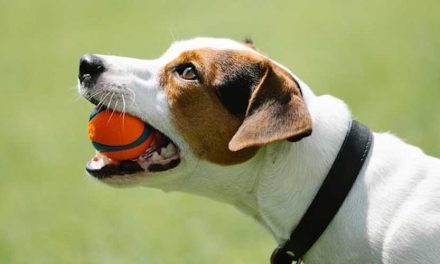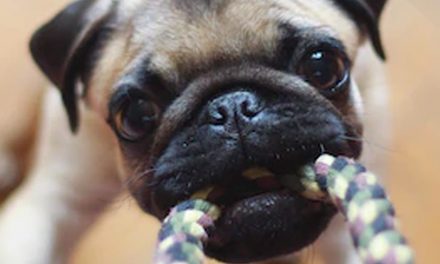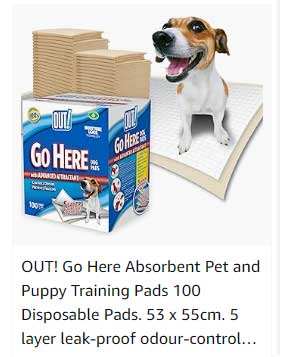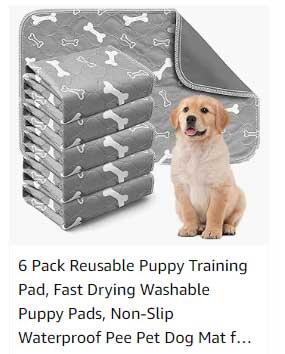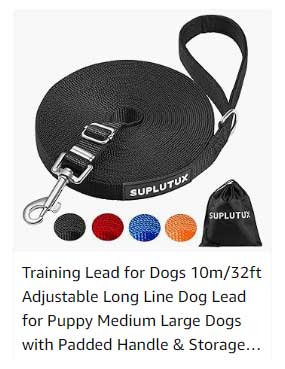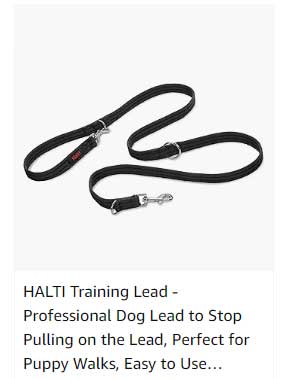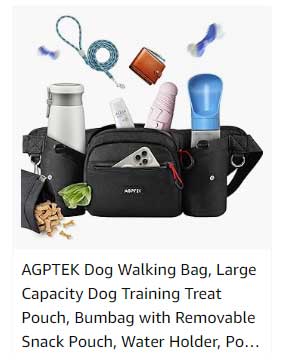You love the new addition to your family — that adorable puppy who’s full of energy and, it seems, an insatiable need to gnaw on everything. It’s often considered a cute puppy behavior, but when left unchecked, it can develop into a habit that’s not so charming. This concern leads us to an important aspect of puppy training – bite inhibition.
BITE INHIBITION
Understanding and effectively dealing with your pup’s biting tendencies is crucial. It’s not about suppressing a natural instinct; it’s about nurturing a response that ensures your and your pup’s safety, and strengthens your relationship. In this comprehensive guide, we will walk through what bite inhibition is, its significance, and most importantly, how you — as a responsible dog owner — can gently curb this behavior through positive reinforcement.
WHAT IS BITE INHIBITION AND WHY DOES IT MATTER?
Bite inhibition refers to a dog’s ability to control the force of his biting. Puppies learn this behavior during play with other dogs and, when needed, from their human companions. Accidents can happen, and sharp puppy teeth hurt! Developing bite inhibition is vital because it equips your puppy with the social skills to interact with the world around them without causing harm.
When puppies bite too hard in play with their siblings, the injured pup will yelp in pain, causing the biter to back off. This signal is a form of feedback and part of natural learning for a pup. Your goal is to mimic this process when your puppy nibbles on you.
Teaching bite inhibition isn’t about extinguishing play or removing the fun from your pup’s life — it’s about integrating a safety mechanism that ensures harmony in all interactions.
POSITIVE WAYS TO CURB BITING
Positive reinforcement training methods have proven effective in guiding puppies to soften their bites. Here’s how you can leverage these methods to teach bite inhibition in a way that’s positive, engaging, and memorable for your fuzzy friend.
USE “TIME-OUTS” TO COMMUNICATE CONSEQUENCES
When your puppy bites too hard, use a cue word like “ouch” or “too rough” and then immediately stop playing. Stand up and walk away, denying your puppy the fun that playtime provides. This method communicates that biting too hard ends the enjoyable interaction and offers a tangible consequence for their action.
Remember, the time-out doesn’t have to be long — a minute or two is ample. The primary objective is to provide your pup with a clear and immediate feedback that their behavior is not acceptable, and give them time to calm down before you re-engage.
PROVIDE SUITABLE CHEW TOYS
Another way to redirect your puppy’s biting and to reinforce the right behavior is by offering chew toys. Ensure you have an array of textures and material types for them to experiment with. When your pup starts to bite, redirect their attention to these toys, praising them when they make the switch. This not only saves your fingers but also encourages appropriate chewing, which is crucial as puppies go through a teething phase.
SOCIALIZE WITH OTHER DOGS
If possible, allow your puppy to interact with other well-behaved adult dogs. They will provide a better understanding of bite inhibition through gentle correction and interaction. Puppies learn a lot from adult dogs, and with multiple interactions, your puppy will pick up vital cues on proper play and limits of bite strength.
NEVER PUNISH AGGRESSIVELY
Avoid any form of physical punishment when your puppy bites. This includes slapping or holding their mouth shut. Physical punishment not only damages the trust between you and your pup but can lead to fear or defensive aggression. It’s important to remember that puppies are not being ‘mean;’ they’re simply responding the way puppies normally do; your goal is to guide them toward more appropriate responses.
CONSISTENCY IS KEY
Consistency is a crucial component of positive reinforcement training. Ensure everyone in your household uses the same methods when addressing your puppy’s biting. This uniform approach will help your pup learn what is and isn’t acceptable behavior across all environments and with all family members.
Additionally, do not allow exceptions. While it may be cute if your puppy nibbles occasionally when happy or excited, this can be confusing for them. Remember that your puppy is not capable of deciphering when gentle biting is okay and when it is not, so eliminate all forms of biting unless it is very gentle or guided towards appropriate chew toys.
THE ROLE OF PATIENCE AND PERSEVERANCE
Teaching bite inhibition requires patience and an understanding that your puppy is learning how to interact with the world. It’s akin to teaching a toddler to pick up their toys — it takes time, practice, and a lot of repetition.
Expecting immediate results will only lead to disappointment and frustration. Instead, commit to the process, celebrate even the smallest victories, and understand that learning takes time. This way, you’ll avoid becoming overly punitive when your puppy doesn’t immediately respond to your cues and maintain a positive and patient presence throughout training.
CLOSING THOUGHTS
Bite inhibition training is a fundamental part of puppy development. By employing positive reinforcement techniques, you not only teach your puppy to control the force of their bites but also develop a strong, trusting relationship built on mutual understanding and respect. Remember to stay consistent with your approach and have patience; soon enough, those sharp little teeth will be gentler, and your bond with your pup stronger.
Investing the time to train your puppy now has a long-lasting impact, ensuring that you and your grown dog have enjoyable, bite-free interactions for years to come. By understanding and practicing bite inhibition training, you are setting the stage for a polite, well-socialized dog and a harmonious household. Enjoy the process, and revel in the joy of watching your puppy grow into a well-mannered adult dog!
Credit › Original photo by Dasha Urvachova on Unsplash

